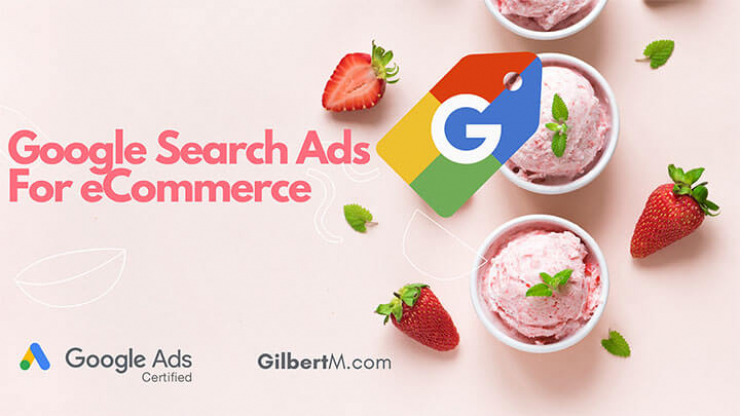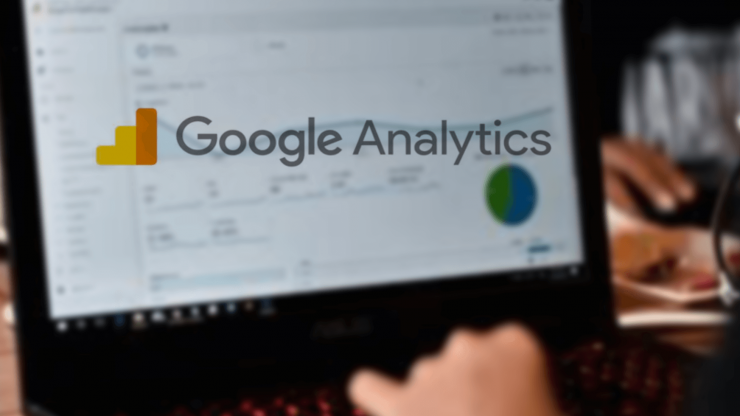Data shows major shifts in user behavior, especially after March 2020 and the COVID-19 era started.
Today, a local private doctor practice can compete with well-established hospitals. Their healthcare marketing begins on different online channels and continues to their websites as a hub to collect user’s data, educate and share information.
Online subscriptions like Amazon Prime, streaming, are up with +11.7% according to PaymentsJournal.com and it’s only going to increase with a projection of +15.2% for 2022.
When you analyze the current user’s behavior and the advantages of social media, mobile devices, and other technologies, we can understand the wild increase in the subscriptions model.
Subscriptions have been on the rise and it seems just to get better.
HIPAA compliance is a huge part of marketing for healthcare and medical institutions. Facebook Ads and Google Ads are following HIPAA rules by regulating any kind of messaging related to health coming from a business ad.
Healthcare and medical marketers are finding more creative ways to persuade users and engage with new audiences without directly attacking their privacy.
Every business should have a story that motivates users to follow their brand online and take action at some point.
A dermatologist, for example, shouldn’t follow users online with headlines like “you can change your skin condition”.
Instead, a business like that could have a nice story about how their treatment is pain-free and how different patients enjoy life, there you have it.
Finding the right brand story for healthcare and medical businesses seems like the best way to start a conversation on social media channels.
Remarketing, CRM, and automation strategies are part of the tools used by many healthcare and medical marketers. You can always use all of these available tools as long as you respect the user’s privacy and keep following HIPAA rules.
Companies like Media Growth Gurus are helping Healthcare and Medical companies maximize their cost per acquisition by implementing Google Ads and other paid strategies.
Recap – Healthcare and medical digital marketing tendencies:
- Subscription Business Models
- Brand Business Story
- Marketing HIPAA Safe
Recommended Health & Medical Marketing Companies:
PPC Agency: https://MediaGrowthGurus.com
Digital Marketing Services: https://GilbertM.com
Video Content Production: https://VideoContentCloud.com
Web Design & Video Animation: https://PsychInteractive.com
Digital Marketing Free Videos: https://GuidedBizGrowth.com




